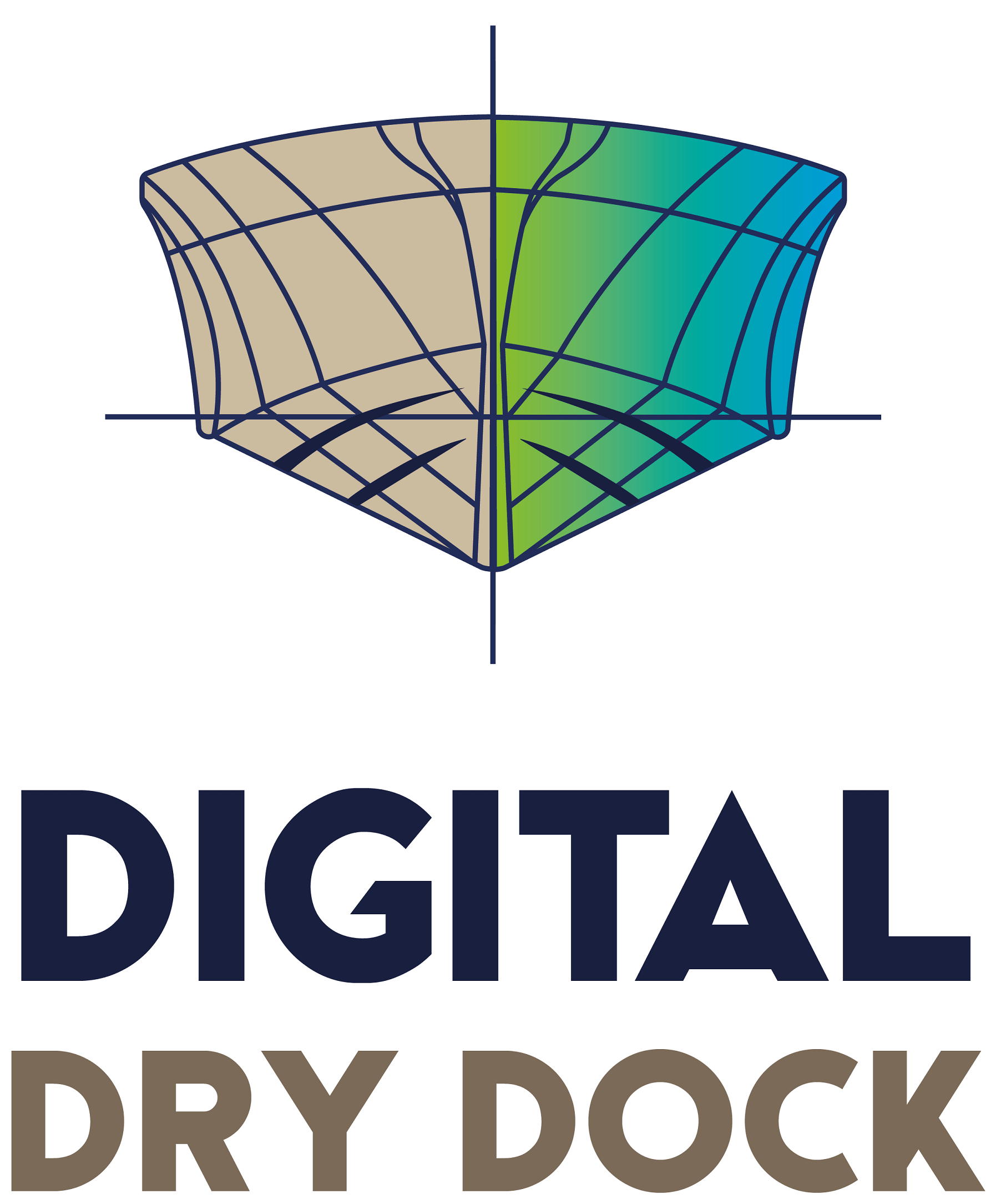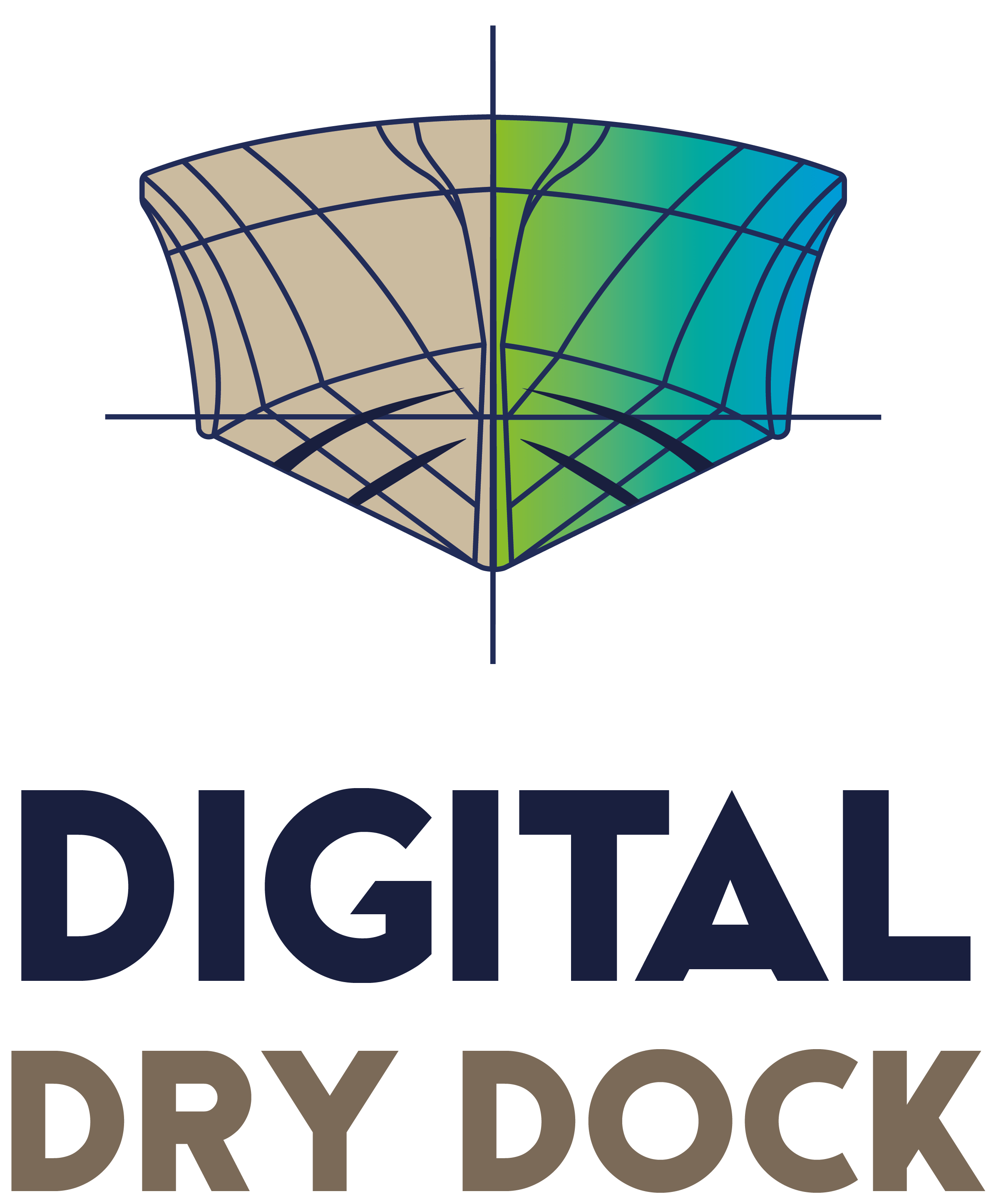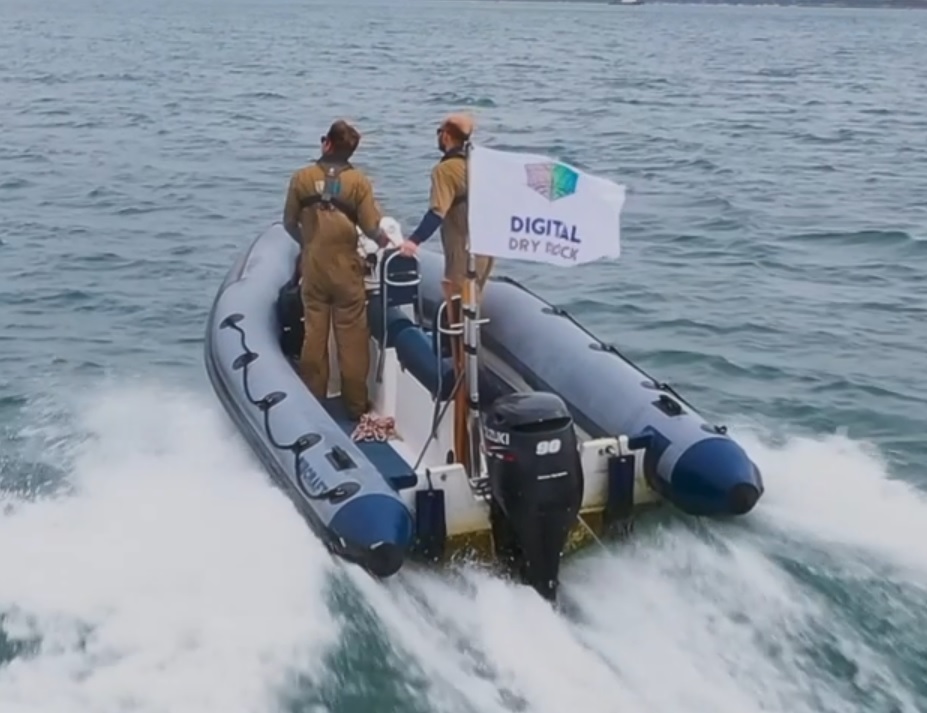Launching Digital Dry Dock at a time where the world was full of uncertainty and the maritime sector was facing a whole range of challenges was arguably a risk. However, we were certain that what we could offer through our laser scanning technologies was something long overdue in the industry.
Twelve months later and we’re happy to say that the evidence strongly suggests that this was the case. In that time, we’ve worked with dozens of clients across the UK and Europe, created 75 digital twins, and supported numerous vessels with refits, drawings and fit for purpose data.
In fact, at a time where it’s been more difficult than ever to move vessels and to bring teams together to work on naval projects, we feel that 3D laser scanning has proved invaluable. Being able to record, process and present the required data even when vessels are thousands of miles away from the teams working on them, has enabled many of the projects we’ve been a part of to not only continue, but also to make time and cost savings which were previously unseen in the industry.
That being said, we’ve learnt a lot in the last year too. This has enabled us to develop our products, procedures and business operations, whilst also becoming members of the Royal Institution of Naval Architects (RINA) and beginning to conduct professional training. We’ve also moved into our own offices in Mylor, where we have been able to set up our own hardware and software utility.
We’d like to use this as an opportunity to say a huge thanks to everyone who has been a part of the journey so far. It’s been a privilege to work with a wide variety of fantastic clients on a mixture of military, commercial and private sector vessels. We’re excited for the future and feel more passionate and driven than ever about what we can bring to the future of naval architecture.
If you’d like to learn more about what we do at Digital Dry Dock and how we’re trying to revolutionise naval architecture with our advanced surveying techniques, then please check out the video below.



